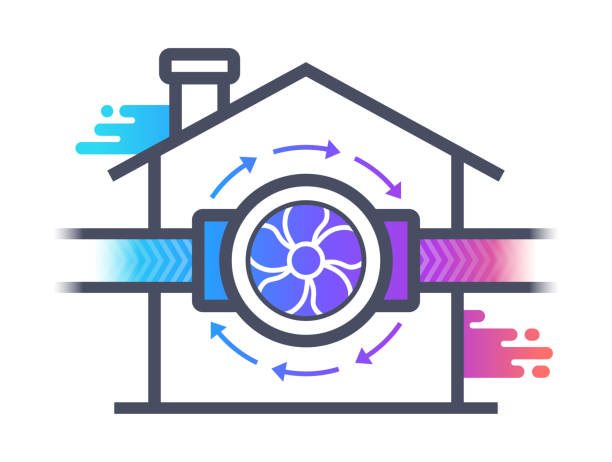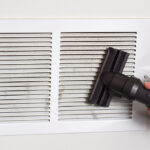When it comes to selecting a ventilation system for your home, understanding the differences between an Energy Recovery Ventilator (ERV) and a Heat Recovery Ventilator (HRV) is crucial. Each system offers distinct advantages depending on your regional climate and specific home ventilation needs. Here’s what you need to know to make an informed choice.
What is an HRV?
Heat Recovery Ventilators (HRV) are ideal for colder climates. They are designed to recover heat from exhausted air and transfer it to incoming fresh air. This process reduces the energy needed to heat your home, thereby saving on heating costs during colder months. HRVs are particularly effective in regions where heating needs predominate but humidity control is not a critical concern.
What is an ERV?
Energy Recovery Ventilators (ERV) function similarly to HRVs but go a step further by also transferring moisture. In addition to heat exchange, ERVs manage the humidity levels of incoming air, making them suitable for both heating and cooling seasons. They are ideal in areas with extreme weather conditions, where managing indoor humidity is essential for comfort and to prevent mold growth.
Choosing the Right System for Your Region ERV VS HRV
- Cold and Dry Climates: In areas with harsh winters and low humidity, an HRV is typically the best choice. It efficiently recycles heat without altering the moisture levels of the air inside your home.
- Hot and Humid Climates: For regions that experience hot and humid weather, an ERV is advantageous. It helps in reducing the cooling load by preconditioning the incoming air, removing excess moisture before it enters your home which can significantly improve comfort and reduce air conditioning costs.
- Mixed or Moderate Climates: In regions where temperatures and humidity levels vary significantly throughout the year, ERVs offer a flexible solution. They adapt to both warm and cold weather, providing comfortable indoor air quality year-round.
Installation and Maintenance
Proper installation and regular maintenance are key to the efficiency and longevity of both HRV and ERV systems. Ensure that the system you choose is properly sized for your home and installed by a professional. Regular checks and cleaning are essential to keep the system running efficiently. For guidance on installation or to find a qualified professional, visit our Choosing a Duct Cleaning Service page.
Conclusion
Whether you opt between ERV vs HRV, selecting the right ventilator for your region and maintaining it properly can significantly improve your home’s air quality and energy efficiency. To explore more about these systems and how they can benefit your specific environment, check out our Indoor Air Quality Solutions.














